Kumbh City Prayag
This study attempts at projecting Prayag (Allahabad) as one of the four major focal centres of eastern consciousness. As a moving open university showing a continuum of spiritual and cultural traditions of over 2500 years, Prayag is a vibrant centre of the Indian vision of the world as one family and is, in fact, an epicenter of joy, divine contact and bliss, the much sought-after goal of the Hindu way of life. The study endeavours to explain that with deep faith in living presence of Power Sublime, Pilgrims from across the country and world gather at Prayag to reap benefits of the blissful influences on the occasion of Kumbh every twelfth year and bathe in the glory of transcendental grace. Since Vedic or even pre-Vedic period Prayag has not only been attracting great minds in various fields of humanities, but also Gods and demons alike together with all Teerth Gods of the World counted at 33 crore and ten thousand.The trinity of Hindu Gods Brahma the creator, Vishnu the Protector, and Shiv the Destroyer are credited to have performed yagyas of the highest order in Prayag kshetra (region) The study strives to explain that the great sages, saints, seers, Dharma Gurus, Dharmacharyas, educationists, reformers, preachers of various sects-Shaivites, Vaishnavites, Shaktas, Buddhists, Jainis and Arya Samajis and educationists in the methodology of knowing and the Knower have continued to visit Prayag during Kumbh Parv through two and a half millennium for the benefit of the masses. No wonder then that India's education was a fount for many a foreign scholar who travelled to his country in search of higher spiritual knowledge. Chinese scholars, Fa Hien and Huen Tsang have recorded glowing analyses of Indian wisdom of the time and high level of scientific knowledge that sprang from discerning experiments with nature and thought. Art and culture flourished under the reigns of enlightened monarchs and great philosophies emerged from seers, saints and Acharyas. The great luminaries and mystic saints, Buddha (563-483 BC), Mahavira(6th Century BC), Shankaracharya(9th Century AD), Ramanujacharya(1137 AD), Madhvacharya(1192-1276 AD), Nimbarkacharya(13th Century AD), Bhakt Namadev(1270-1352 AD), Saint Jnaneswar(1271-1296 AD), Hazrat Nizamuddin Aulia and Amir Khusro(13-14th Century AD), Swami Ramananda(1400-1476 AD), Saint Kabir(1440-1518 AD), Guru Nanak(1496-1539 AD), Mahaprabhu Vallabhacharya(1473-1531 AD), Chaitanya Mahaprabhu(1486-1533 AD), Goswami Tulsidas(1532-1623 AD), Swami Thyagaraj(1764-1846 AD), and a host of other divinely inspired propounders of spiritually-based education were great reformers, and up lifters of moral and social values and religious fervour. In the twentieth century the tradition was continued by Swami Aurobindo, Swami Vivekanand, Lokmanya Tilak, Brahmarshi Yogiraj Deoraha Baba, Saint Prabhu Dutt Brahmachari, Sripad Baba, Swami Chinmayanand, Maharshi Mahesh Yogi, the Shankaracharyas of the four Mathas, A. C. Bhaktivedanta of International Krishna, Consciousness Society, Ramakrishna Mission, Satya Sai Baba Seva Sansthan, Bharat Sevashram Sangh, Roop Gaudiya Math together with a host of other socio-spiritual institutions were engaged in continuing the tradition in the 20th century.The study highlights that in Prayag one witnessed eco-spiritual and cultural harmony of man, mind and nature at the Sangam. This raises the human intelligence to its peak, in direct communion with God who is called PERMANAND perennial source of bliss, a state beyond worldly pleasures and happinessThe spiritual-cultural tradition in Prayag is known to have been patronised since beginning by kings, priests and merchants who conserved and protected it. The acetics, aesthetics and scholars meditated, conceived and propagated and in fine tuning with their soul as well as nature, set the goal of truth, bliss and beauty, which flowered in the Vaishnav and Sufi societies. Thus Prayag is a repository of creative human vibrations. It is a centre of prolific spiritual energy.The Sangam has been a witness to pro and anti-vedic waves as seen in the rise of Jainism, Buddhism and re-establishment of Vedic culture by Adi Shankaracharya who had humbled Bauddh Kumari Bhatt in a public debate. Bhatt ended his life in Prayag lying in between ignited heap of husk.
Get it now and save 10%
BECOME A MEMBER

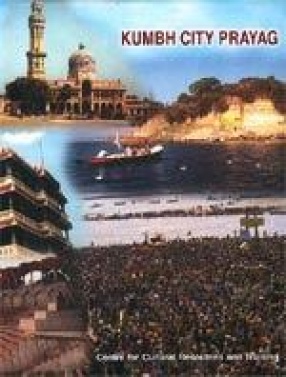


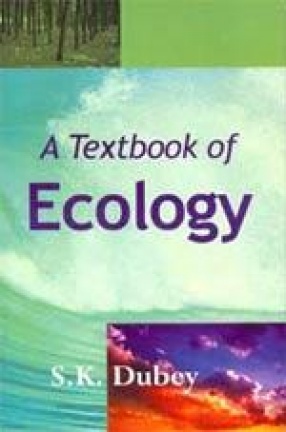

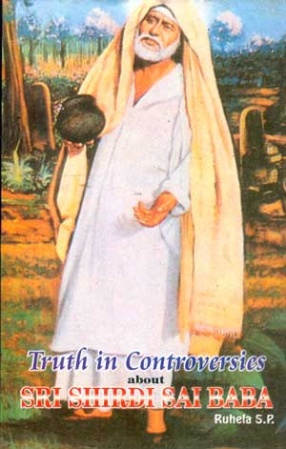
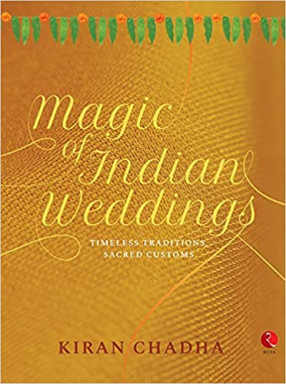
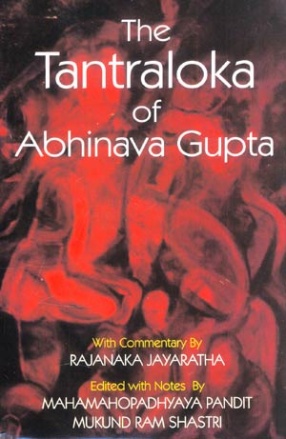
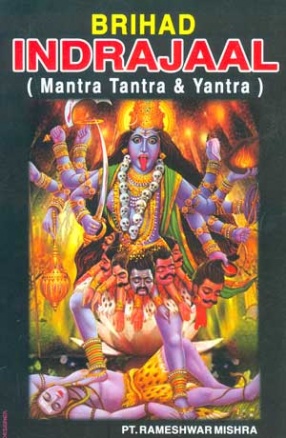

Bibliographic information
Tags